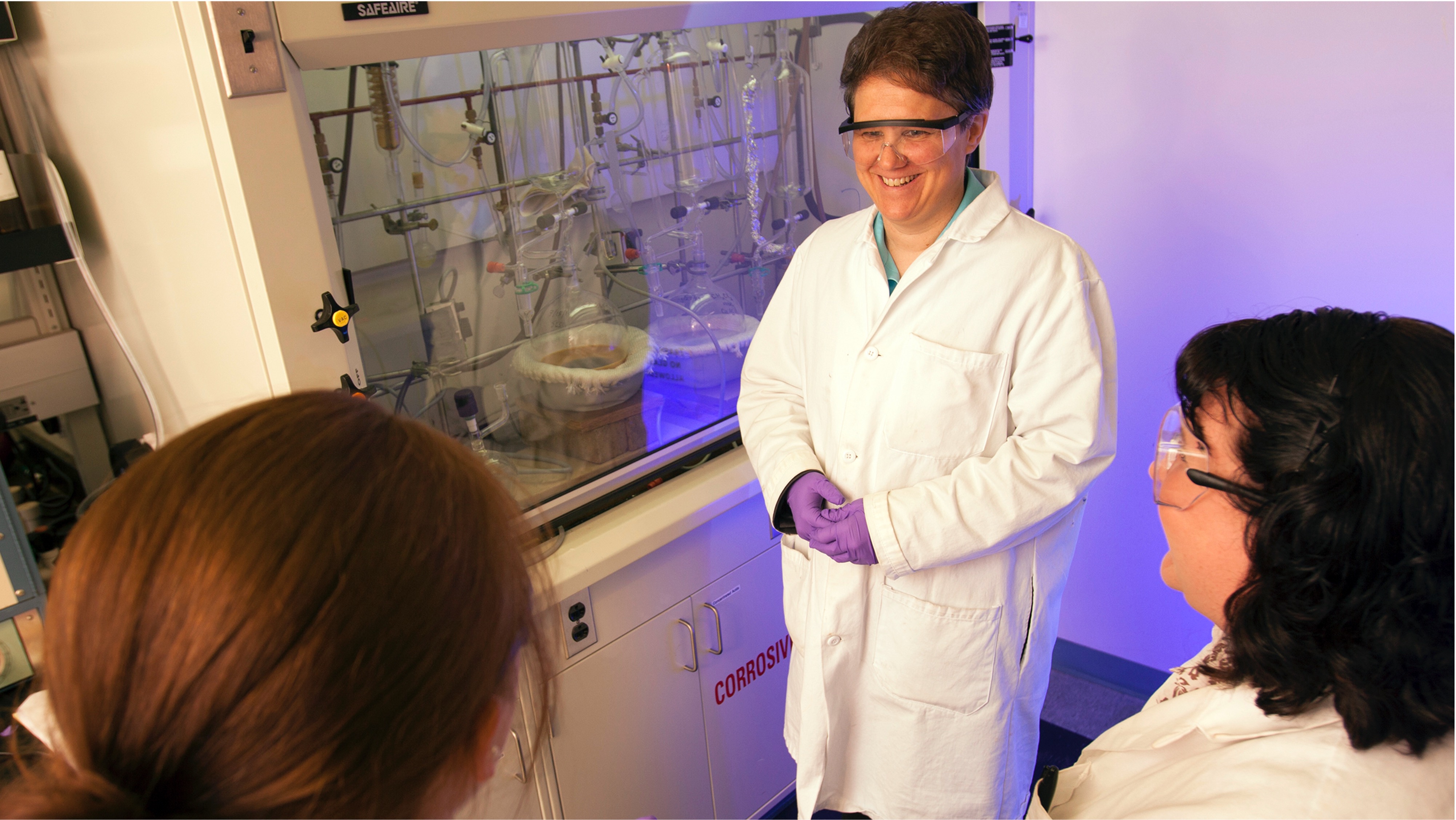Carbon Monoxide Releasing Molecules
USU researchers have developed an innovative method of carbon monoxide (CO) release for use in biological systems. CO releasing molecules (CORMs) have been studied recently as an approach for the treatment of cardiovascular disease, inflammatory disorders, and use in vasodilation and organ transplants among other applications. By improving this technology, researchers at USU have established a means of progressing towards the medical benefits of CORMs while simultaneously eliminating the negative side effects of existing technology.
Problem
The potential of CO to act as a therapeutic agent is well established. However, a key challenge in using CO as such is that it must be delivered in an exact and controlled method. The vast majority of CORMs reported are metal carbonyls and release CO spontaneously, both of which qualities pose potential health problems – heavy metals are toxic, and if the amount and location of CO release are not fine-tuned, the acute toxicity of CO may be seen.
Solution
Other CORMs exist and release CO in response to a range of stimuli. USU’s PhotoCORMs release CO in response to light. Researchers at USU have discovered a method of using a flavonol derivative as a metal-free, organic photoCORM. The flavonol framework meets all desirable properties for CO-releasing molecules including: tunable release rate, absence of reactive or toxic ingredients and functional groups, amenability to structural optimizations, and capacity for triggered release and release under physiological conditions. The toxicity and inaccurate or spontaneous release associated with most CORMs are eliminated entirely through use of the extended flavonol framework, making it possible to attain the therapeutic benefits of CO release while avoiding harmful side effects.
Benefits
Potential for toxicity and unreliable or dangerous CO release by CORMs is reduced through use of this technology. Additionally, the flavonol framework is easily synthetically modified, has augmentable biological properties and is similar to known compounds, as flavonols are found in some plants.
Applications
This technology will be especially useful in development of CO release technology, and its corresponding use in medicinal, therapeutic and research applications.

Contact
Questions about this technology including licensing availability can be directed to:
Christian S. Iverson, MBA
Executive Director, Technology Transfer Services
(435) 797-9620
christian.iverson@usu.edu
Inteum ID C15016
Development Stage
TRL 4

